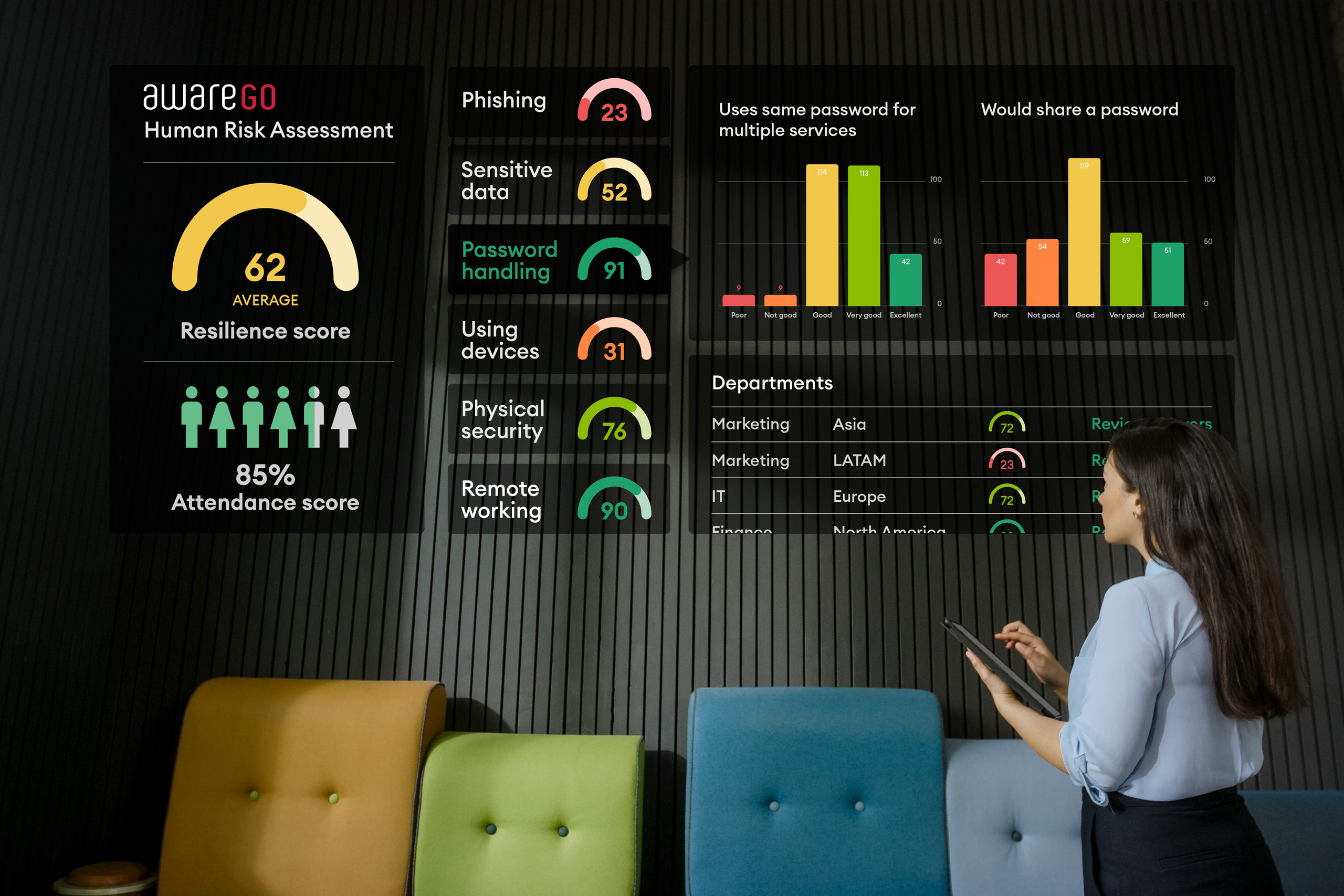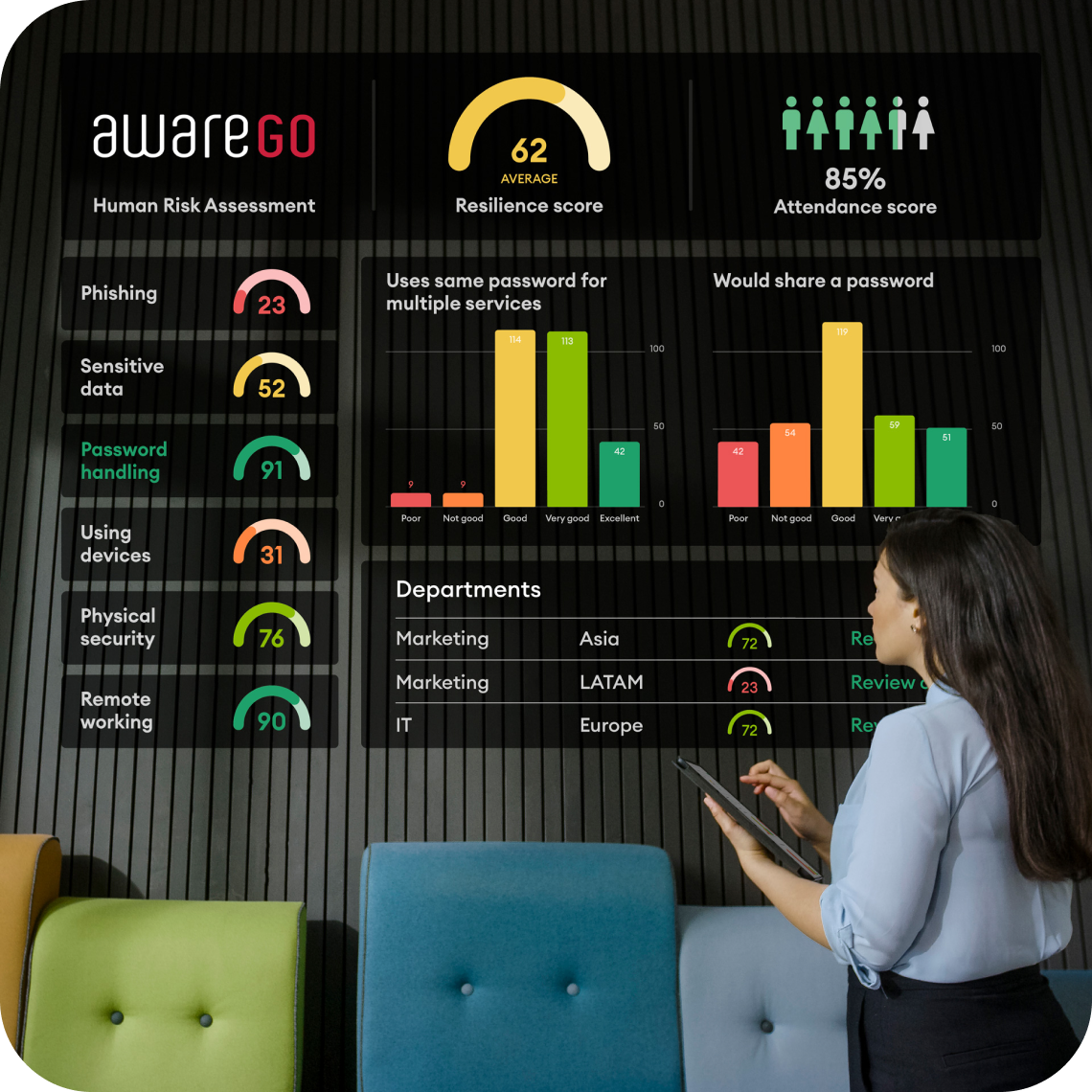Motivating employees to take cybersecurity seriously and participate in cyber security training campaigns is essential for any organization. Cybersecurity threats are constantly evolving. It is crucial for employees to be aware of these threats and know how to protect the organization’s assets and data.
Our cybersecurity expert, Dr. Maria Bada has researched this topic extensively. Read her interview about motivating factors in HelpNetSecurity.

1. Make It Mandatory
One way to motivate employees to participate in cybersecurity training is to make it mandatory for all employees. This sends a clear message that cybersecurity is a top priority for the organization and that all employees are expected to contribute to the organization’s cyber defense efforts. Making cybersecurity training mandatory does not ensure participation or engagement. It will, however, help to show employees that upper management take cybersecurity seriously. Making the training mandatory can also help with compliance to data regulations and laws.
2. Reward It
Another way to motivate employees is to provide them with incentives for completing cyber security training. This could be in the form of rewards, such as gift cards or additional vacation days. This helps to show employees that their efforts are valued and appreciated by the organization. Instead of awarding individuals you could take a look at departments and create a healthy competition between them. You could award the most cybersecure department and/or the department with the best completion rates. Such a competition might be a good incentive to get people to take cybersecurity seriously.

AwareGO offers both cyber security training and a Human Risk Assessment. The risk assessment is a great way to determine which individuals or departments have the highest cyber security score.
3. Make It Fun
It is also important to make cyber security training fun and engaging. Employees are more likely to participate in training and take cybersecurity seriously if they find it interesting and enjoyable. Using interactive training methods and quizzes (cue the Human Risk Assessment again) and offering fun micro-learning training modules that don’t affect employee productivity, can help to make the training more engaging and help employees retain the information they have learned.
4. Spread The Message Everywhere
If you’re going to show employees that you take cybersecurity seriously communication is key! Regular reminders and updates about the latest cyber threats and best practices can help to keep employees engaged and informed. This can be done through our posters and stickers which relay positive messages to cybersecure employees. We also offer booklets such as 52 cybersecurity habits and School of Phish. Our learning management platform is integrated with Slack and Teams where admin can send the training out as messages rather than email. Additionally, providing employees with access to resources, such as cyber security blogs and newsletters, can help them stay up-to-date on the latest developments in the field.

5. Lead By Example
Finally, it is important for organizations to lead by example. Employees are more likely to take cyber security seriously if they see that their leaders and managers prioritize it. This means that management should be involved in cyber security training. They should also be visible in promoting the importance of cybersecurity throughout the organization.
In summary, there are several ways that organizations can motivate employees to take cybersecurity seriously and participate in cyber security training campaigns. These include making training mandatory, providing incentives for completion, making training fun and engaging, communicating regularly about cyber threats and best practices, and leading by example. By implementing these strategies, organizations can ensure that their employees are knowledgeable and vigilant in protecting the organization’s assets and data from cyber threats.
Sign up for a free trial of AwareGO’s learning management system to test our training videos and Human Risk Assessment and see if they fit your organization’s needs.







